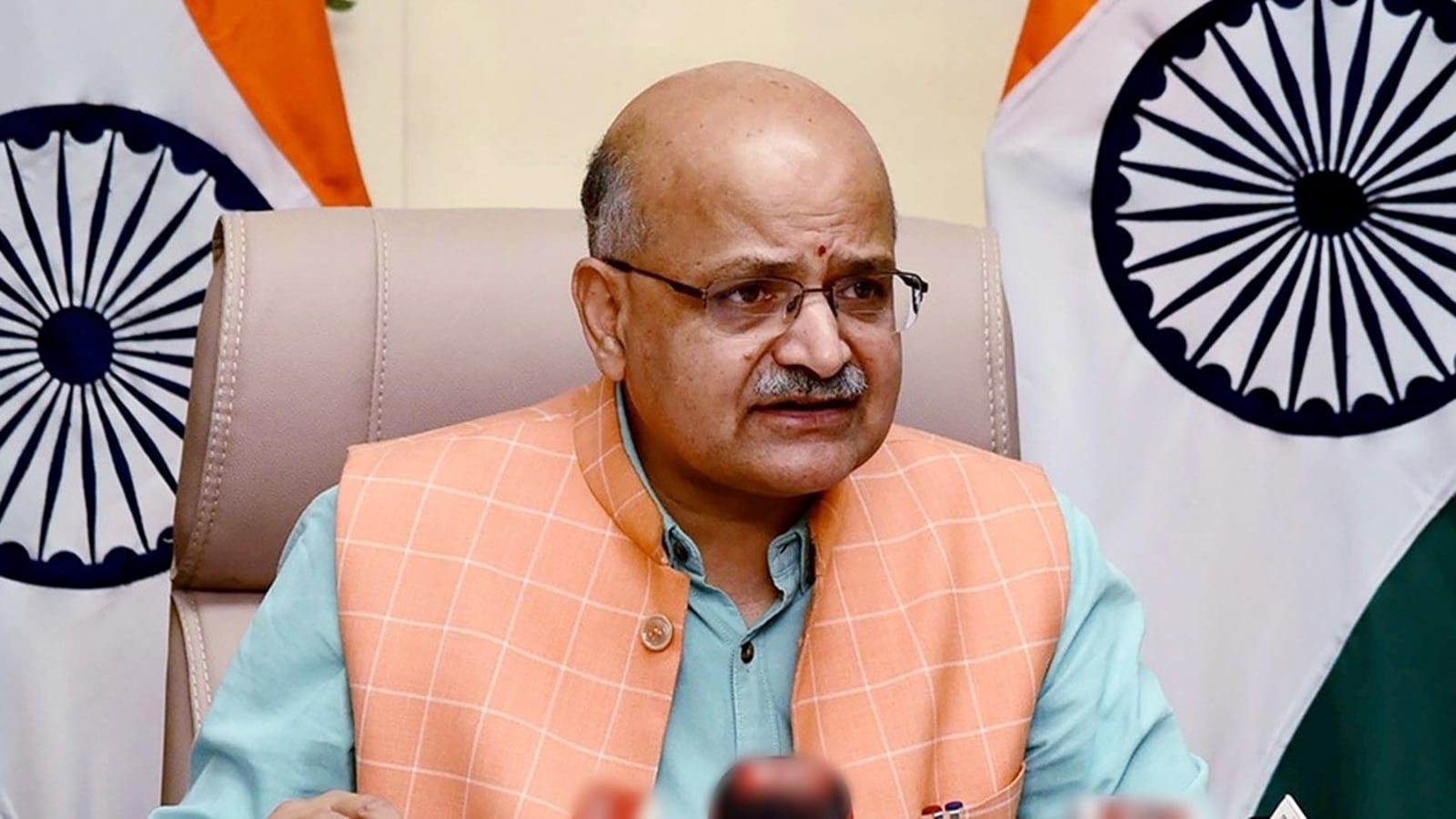
Navigating US Diplomacy in Gaza Conflict
The ongoing conflict in Gaza represents a significant test for US diplomacy, particularly under the leadership of Donald Trump. When he returned to office, there was a sense of optimism rooted in his earlier success with the Abraham Accords, which aimed to normalize relations between Israel and Arab nations. However, shifting dynamics in the Middle East have complicated the situation, making peace efforts more challenging than ever.
The latest US peace plan, which aims to stabilize Gaza and unify American allies, marks a departure from previous strategies. While Trump has positioned this plan as an ultimatum, it acknowledges the necessity for further negotiations with Hamas, which is crucial for filling in the gaps of the agreement. The pressing question is whether Trump can maintain focus and commitment long enough to see this plan through.
The diplomatic landscape is evolving. Trump is set to lead a transitional committee overseeing Gaza until a stable security situation allows for new Palestinian leadership. This committee's authority, backed by the White House, could potentially influence the outcomes. However, Trump’s infamous lack of focus and reluctance to engage deeply with complex issues raises concerns about the plan's longevity and success.
Both Israel and Hamas have expressed dissatisfaction with the proposed deal, as it seeks to marginalize them in Gaza's future. For Hamas, the goal remains the permanent cessation of hostilities and the return of hostages in exchange for Israeli military withdrawal. Meanwhile, Netanyahu's priority is to eliminate Hamas and maintain security control over the region, blocking any progress toward Palestinian statehood.
Reconciling these opposing views will be extremely difficult and may require sidelining both Hamas and the current Israeli government. The US will need to rally support from Gulf allies and European nations to navigate these turbulent waters effectively. As the hostages are released, the real challenges will emerge, particularly in disarming Hamas and ensuring a full Israeli withdrawal.
Ultimately, the success of this plan hinges on the US administration's ability to deliver on promises of aid and reconstruction for Gaza's population. It requires a commitment from regional powers willing to invest in the project and address the complexities that come with it. The path to peace is fraught with uncertainty, but if managed correctly, it could lead to a brighter future for Gaza and the entire region.













